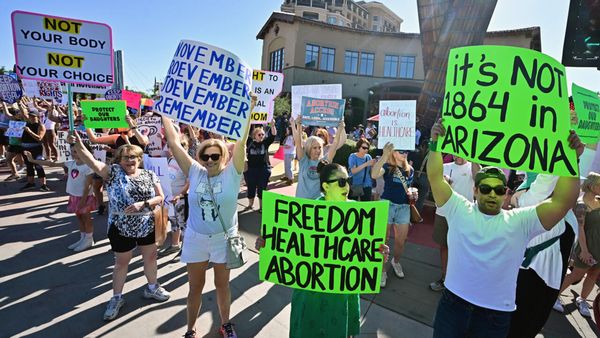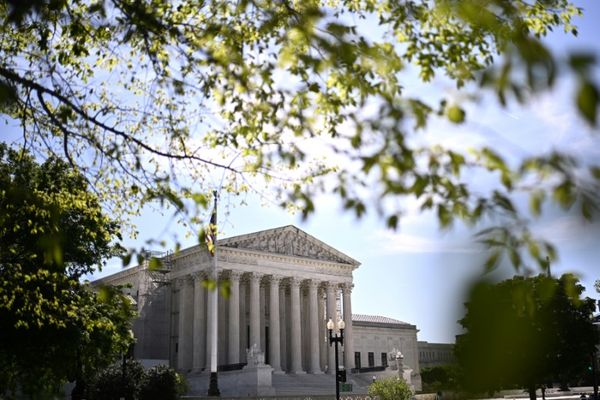
The national gender pay gap in Australia has remained stable at 14% with men on average earning $241.50 more per week than women.
Australian Bureau of Statistics labour force figures released on Thursday show the gap has declined slightly from 14.1% in the past six months.
Full-time average weekly earnings of women is at $1,484.80 compared with $1,726.30 for men.
Workplace Gender Equality Agency director Libby Lyons said it was disappointing there hadn’t been a stronger fall.
“We still need to have more Australian employers taking action on gender equality and addressing pay equity,” Lyons said in a statement.
This year, Un-Equal Pay Day will be on 28 August, marking the 59 additional days from the end of the previous financial year that women must work – on average – to earn the same amount as men earned that year.
Lyons said the day highlighted the barriers Australian women still face in having the same opportunities and rewards in the workplace as men.
On a state-by-state basis Western Australia had the highest gender pay gap on 21.8%, followed by Queensland on 16.6%. South Australia had the lowest on 9.2%, closely followed by Victoria on 9.6%.
RMIT University academic and economist Leonora Risse said high-paying jobs in the male-dominated mining industry skewed WA and Queensland’s results.
Risse said fluctuations in macroeconomic conditions had caused the gender pay gap to widen and narrow in the past decade and there was no guaranteed path ahead to closing it.
“About a decade ago, what we saw was a really rapid acceleration of wages in mining and construction and transport and these are male-dominated industries. That had the effect of widening the gender pay gap and it was at the mercy of economic forces,” she said.
An easing off of the resources sector boom has helped to slow down what was previously a growing divide between male- and female-concentrated industries, she said.
On an industry basis, financial and insurance services were the worst gender pay gap performer followed by healthcare, real estate, science services and administration.
Individual wage negotiation was more prevalent in the financial sector, Risse said, despite a fairly even composition of men and women.
“It’s not necessarily because men are better negotiators but they are rewarded more favourably for negotiating. Women … know that if they go too aggressively it can backfire,” Risse said.
The public sector had the lowest gender pay gap, followed by the retail sector where award agreements were prevalent.
The national gender pay gap measures the difference between the average weekly full-time base salary earnings of both genders, expressed as a percentage of men’s earnings. It is a measure of women’s overall position in the paid workforce and does not compare like roles.
The gender pay gap is not the difference between two people being paid differently for work of equal or comparable value which is unlawful.







